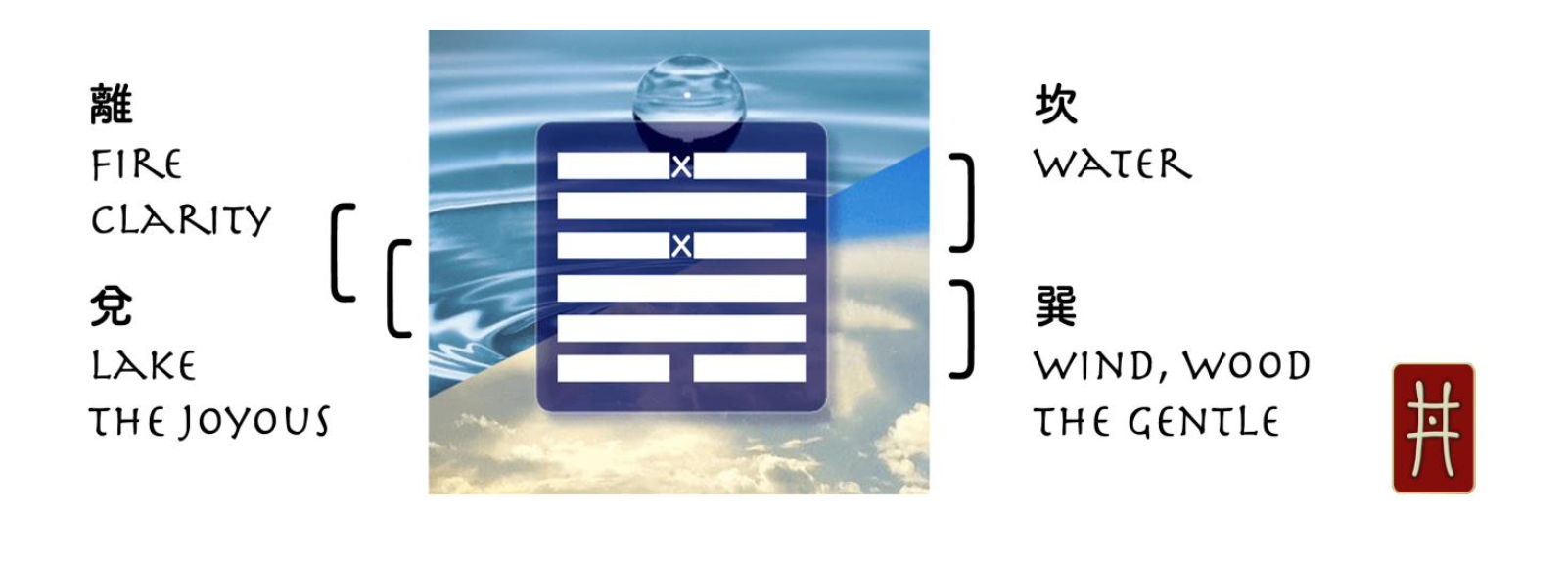Gentleness of Rosen
✦✦
Feminine & Masculine
Unconventional Journey –
Growing up, I was inspired by physicist Madam Curie, the two-time Nobel Prize winner, and excelled in my science studies. Life granted me the privilege of working as a rocket scientist at NASA. Meanwhile, a deep desire to explore my artistic side led me to study art, specializing in photography. From there, I ventured into transpersonal psychology.
To me, this journey reflects an overarching personal transformation, balance, and expansion: from predominantly operating in my masculine strengths of logic and clear thinking through science, to expressing my feminine qualities of intuition and creativity through art, and ultimately merging the two through transpersonal psychology. This journey may well be an inevitable manifestation of my innate desire to be a healer. Conversely, my diverse background in science, the arts, and transpersonal psychology has provided me with a unique perspective on the Rosen Method.
My introduction to Rosen Method Bodywork came through a book on transformation while I was finishing my transpersonal psychology studies in 2015. This modality immediately resonated with me as a novel path for transformation. As I immersed myself in Rosen sessions, I experienced its profound healing potency.
One quality of the Rosen Method that instantly stood out to me was the overwhelming GENTLENESS of this approach and the penetrating POWER of this GENTLENESS.
POWER is typically depicted as a masculine trait, while GENTLENESS is often portrayed as feminine. I found the juxtaposition between GENTLENESS and POWER intriguing, and the implication that POWER can arise from GENTLENESS is immense.
Reflecting on this, I was reminded the Scripture: “You have also given me the shield of Your salvation; Your right hand has held me up, Your GENTLENESS has made me GREAT.” Psalm 18:35 (NKJV)
I Ching Hexagram 48,
The Well –
During my exploration of the Rosen Method, I turned to the I Ching, an ancient Chinese divination text, for guidance regarding my pursuit of Rosen Method Bodywork. The reading returned Hexagram 48, THE WELL, offering profound insights that deeply resonated with my Rosen experiences.
Hexagram 48 symbolizes nourishment and renewal, akin to a well that sustains life.
THE WELL serves as a metaphor for our deeper selves, the inner resources we draw upon for strength and sustenance. Its message is clear: true nourishment comes from within, and accessing this inner well requires patience, trust, and a willingness to delve deep.
The imagery of THE WELL aligns beautifully with the principles of the Rosen Method. Just as a well yields water when approached with care, the Rosen Method facilitates us tap into our inner reservoirs of healing through gentle touch and mindful presence. This process requires trust and surrender, much like lowering a bucket into the depths of a well with focused attention.
What I found astonishing is that the inner trigram of Hexagram 48 is Sun 巽, which correlates to the symbol of wood or wind. Sun 巽, the Wood or Wind, is the “First Daughter” in the I Ching symbolism family, and her outstanding quality is GENTLENESS.
Meanwhile, the outer trigram of Hexagram 48 is Kan 坎, which correlates to the symbol of water. Kan 坎, the Water, is the “Second Son” in the I Ching symbolism family,
representing primal trust and unconscious resources. It signifies the substance from which we, as beings who act and shape our world, derive our STRENGTH.
Remarkably, the two nuclear trigrams of THE WELL are Li 離 (Fire) on the top and Tui 兌 (Lake) on the bottom. The Trigram Fire is the “Second Daughter” in the I Ching family, symbolizing CLARITY; while the Trigram Lake is the “Third Daughter”, signifying JOY.
In I Ching language, Hexagram 48, THE WELL, paints a picture of the feminine siblings coming together to support one masculine sibling. What a fascinating image for Rosen!

